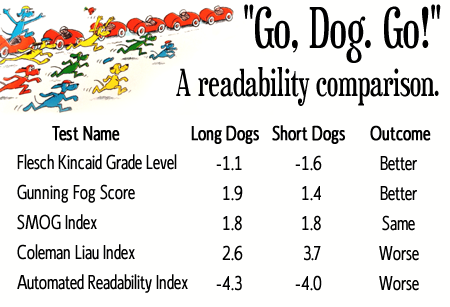Video content poses unique challenges to content marketers, content managers, and content strategists. Especially since it is often hosted on constantly evolving, proprietary platforms. The incorporation of outside links in YouTube videos is a fine, current example.
Search and content have a long, dysfunctional history. Search algorithms change to address unsavory content practices. New unsavory content practices pop up to exploit newfound vulnerabilities. This cycle continues, and will, for the foreseeable future.
These algorithm adjustments also apply to video content. I happened upon an article on ReelSEO, written by Chris Atkinson, detailing the introduction of including outside links on YouTube videos, and its potential search and content implications.
(These platform-specific announcements are especially important to we content folks, as they often have a direct impact on the whats and hows of our content delivery.)
Link to anything you fancy
Link placement within videos has been an option for years. Up to this point, YouTube has limited the nature of those links to other YouTube videos, YouTube channels, or fundraising appeals. Most recently, they added “merch” as an option for channel owners to link to YouTube-approved retail sites like iTunes, GooglePlay, etc.
Now, the floodgates are open. Links to any site are now allowed on any YouTube video. Gone are the days of only placing a link in the video description area. CUE THE PARTY HORNS. Sort of.
Some video content creators will abuse this. I guarantee it. Others will link to too many things in a video, causing confusion. We’ll see videos so laden with links, calls-to-action, and more that your old GeoCities page will seem like a serene utopia in comparison. Link to the Facebook page! Visit this microsite! Fill out this email signup form! LINKS!11
Start by creating great video content
The best case scenario here sees content creators using the in-video link option to focus their channel-specific video messaging even further. We want to provide the best content experience possible, links clicked, Watch Time, and otherwise. How do we do that with video?
- Create content that people want to watch. Think palatable, not gimmicky. Effective and straightforward trumps trying-to-be-funny or attempted-edgy on most occasions.
- Make content clear and concise. Make your point in as few seconds as possible. Be directly helpful. PEOPLE LOVE THAT. A shorter video makes the link placement have less of an SEO impact. It’s easier to watch a shorter video, from a life-expectancy point-of-view, too.
- Focus on a single topic, concept, or task. The linear presentation of a video and its (new) links precludes an easy message hierarchy. Stick to a single message, and don’t try to do to many things at once. Otherwise, you’re likely lose your audience on all of the things in frustration and confusion.
- Give it context. Resist the urge to start off videos with a Ken Burns-style mini-documentary about the company. Instead, give them the background they need to make use of the rest of the video. If your messaging is consistent, this context should flow easily from one platform to the next.
- Tell the story. Use a video’s linear constraints as a force for good. Take advantage of it with an equally-linear storyline. Beginning, middle, end. Even if it is a :30 second piece. To quote Steve Martin’s character Neil Paige from the holiday travel film, “Planes, Trains, and Automobiles”: “When you are telling these little stories, here’s a good idea: Have a point.”
Place the link carefully
The ReelSEO article touched on another important part of this equation: inclusion of a “Watch Time” variable as a metric used in SEO. In other words, the longer a viewer watches your video, the better your stature in search results.
The Watch Time metric will be a considerable challenge for some. It’s not exactly new; YouTube has been doing this since March 2012. This is fine for short videos with a quick and concise close.
However, longer videos were often published with the optimistic mindset of “viewers can watch a little, or they can watch all 18 or 32 minutes.” The impact was the same. Now, the opposite is true. Watching a portion of a video to the end, once started, now has a potentially detrimental effect on the placement of the video within search results.
Atkinson notes that this presents a paradox of sorts. Ideal link placement within the video becomes a Schrödinger’s content cat situation:
- Place the link at the beginning, where more people will see it? (Assuming more people will start your video than watch it to the end.)
- At the end, to receive more SEO mojo? (At the risk of fewer people actually seeing and clicking on said link.)
- In the middle, to strike a perilous balance?
Link to appropriate web pages from your video (And vice veresa.) Strive for a seamless experience across platforms with branding, messaging, and tone & voice. Great content makes it all a more satisfying endeavor, all around.
(Top image adapted from “Skip containing discarded VHS tapes” by Flickr user Rob Pearce.)






